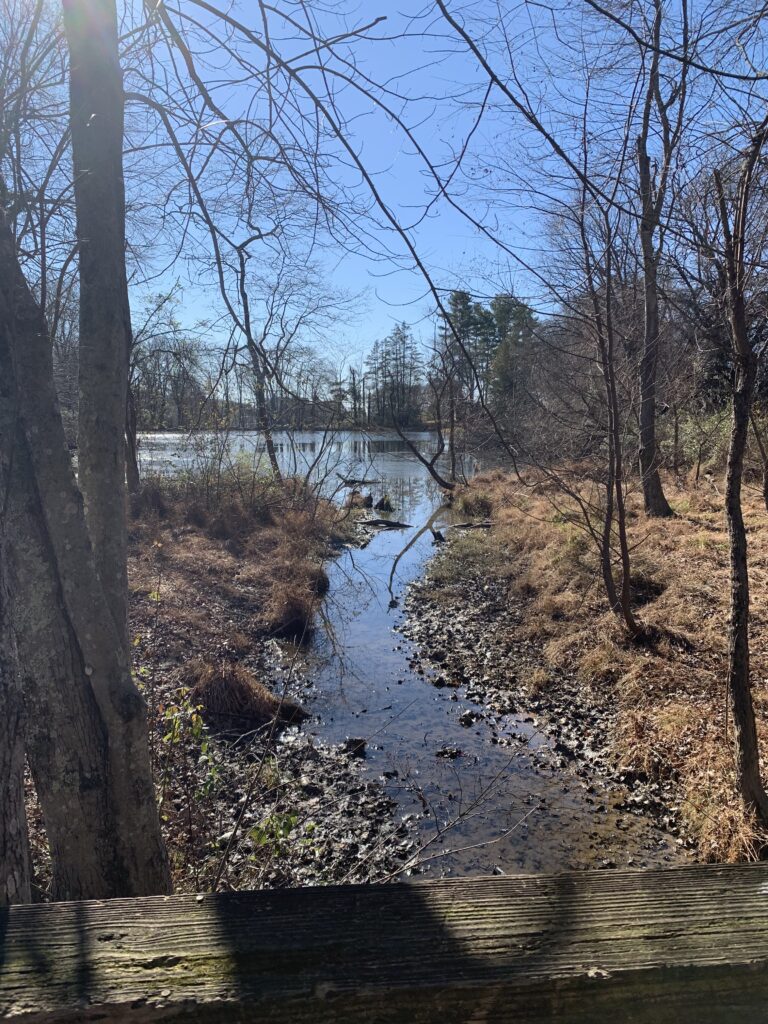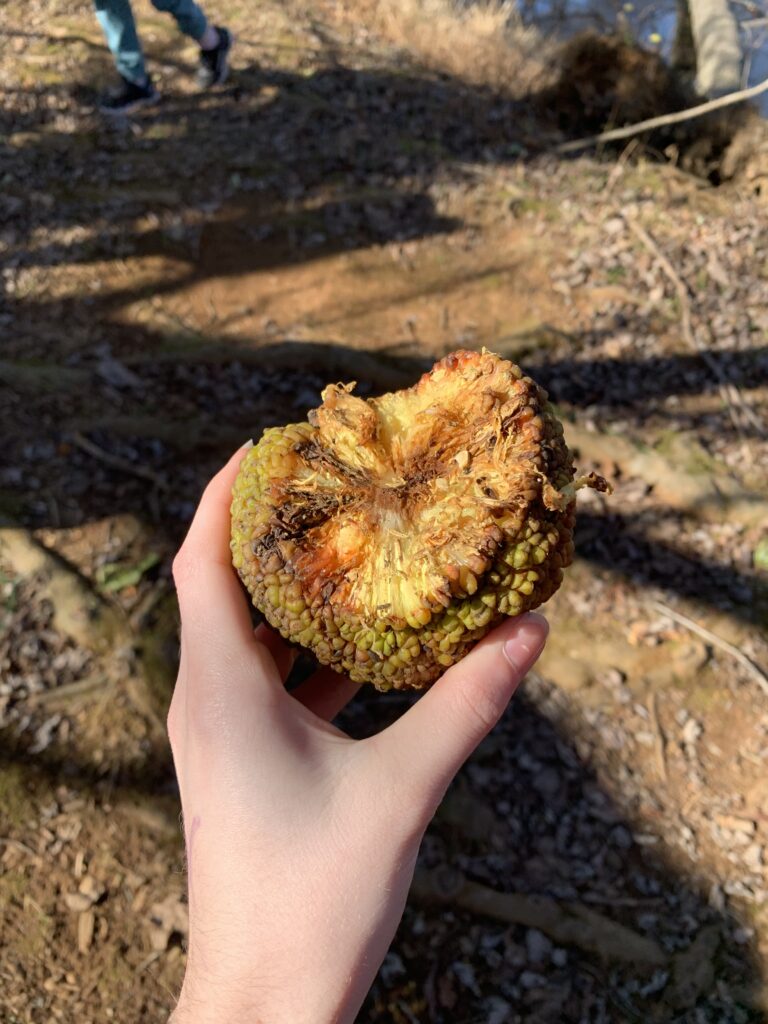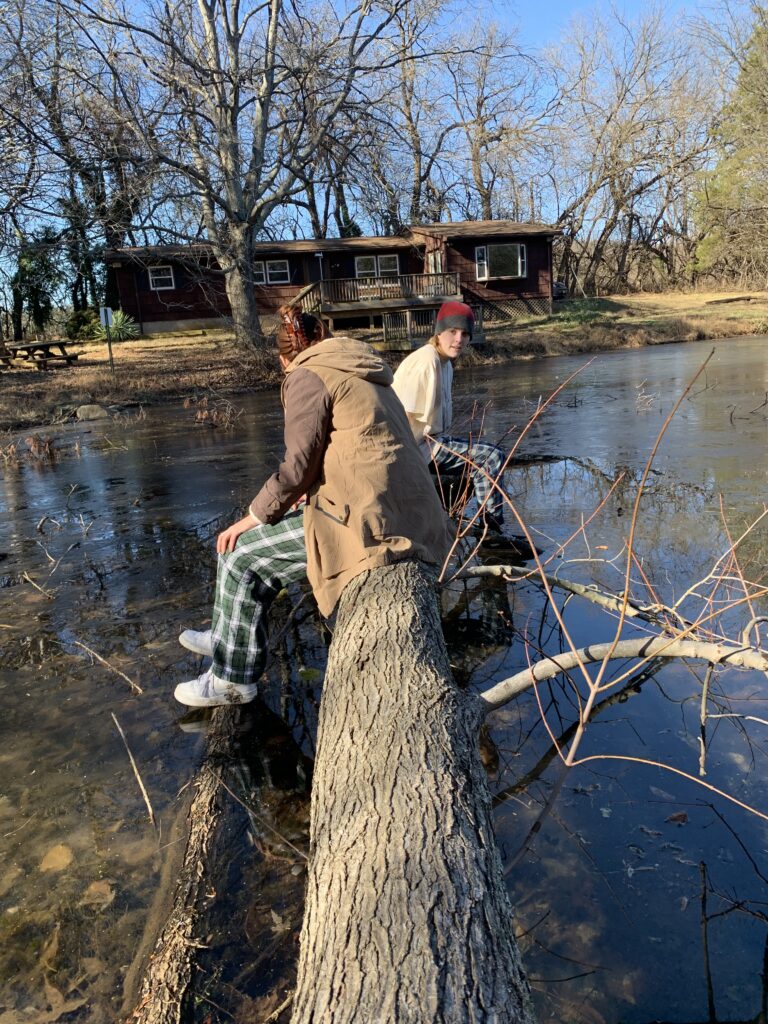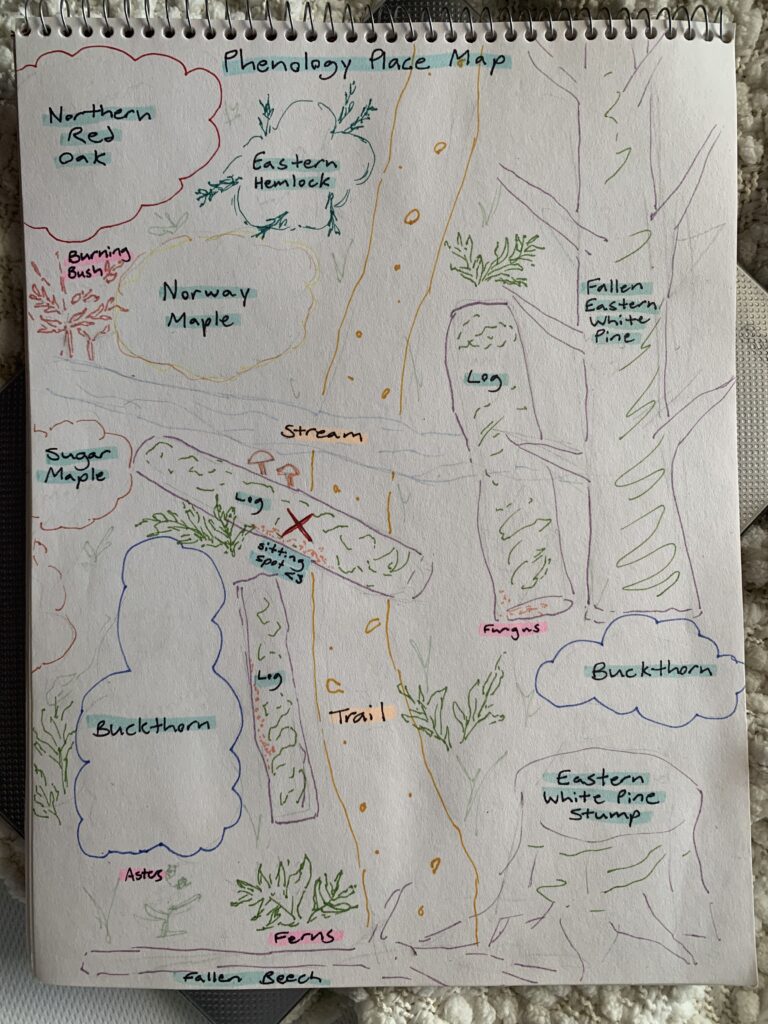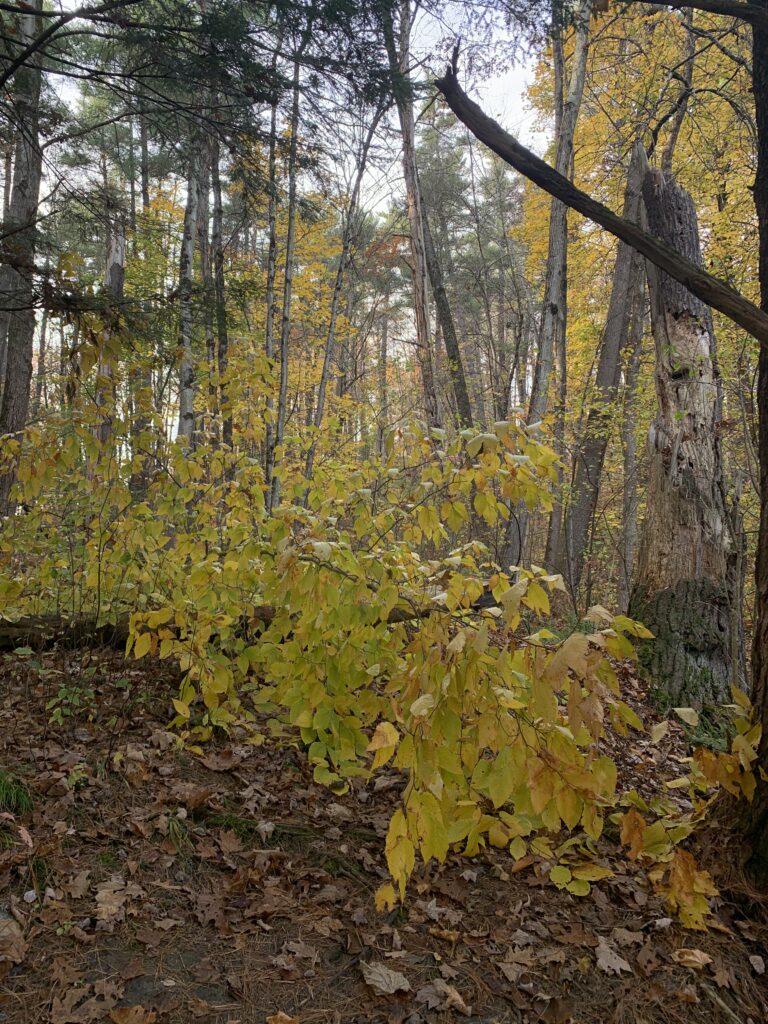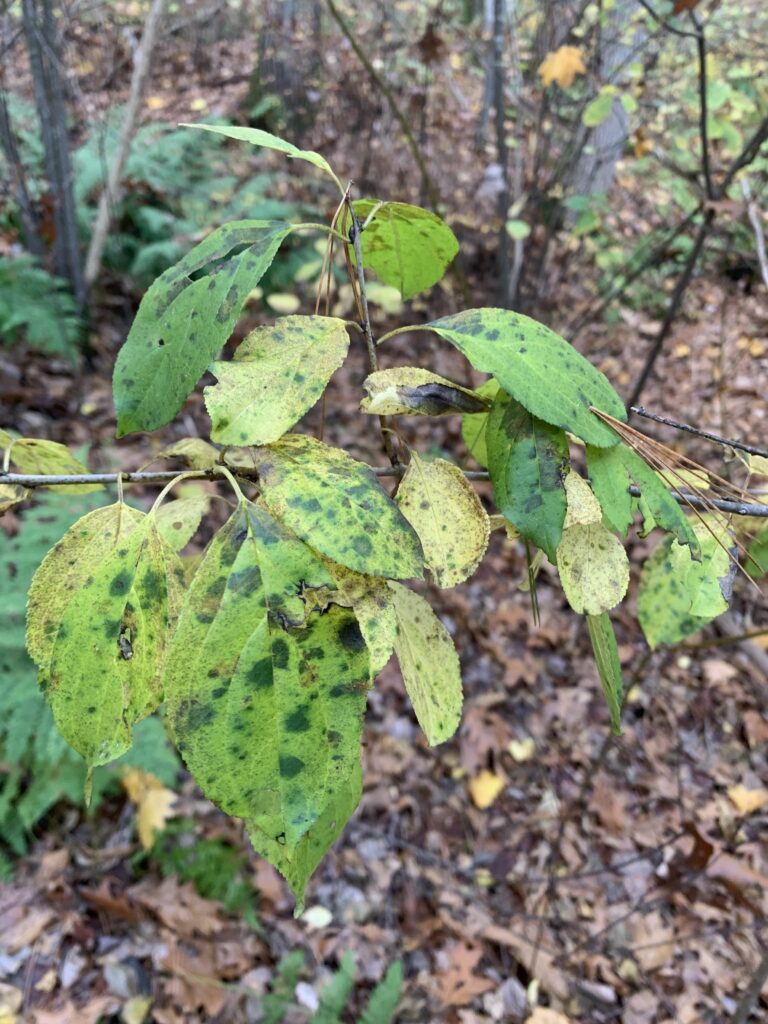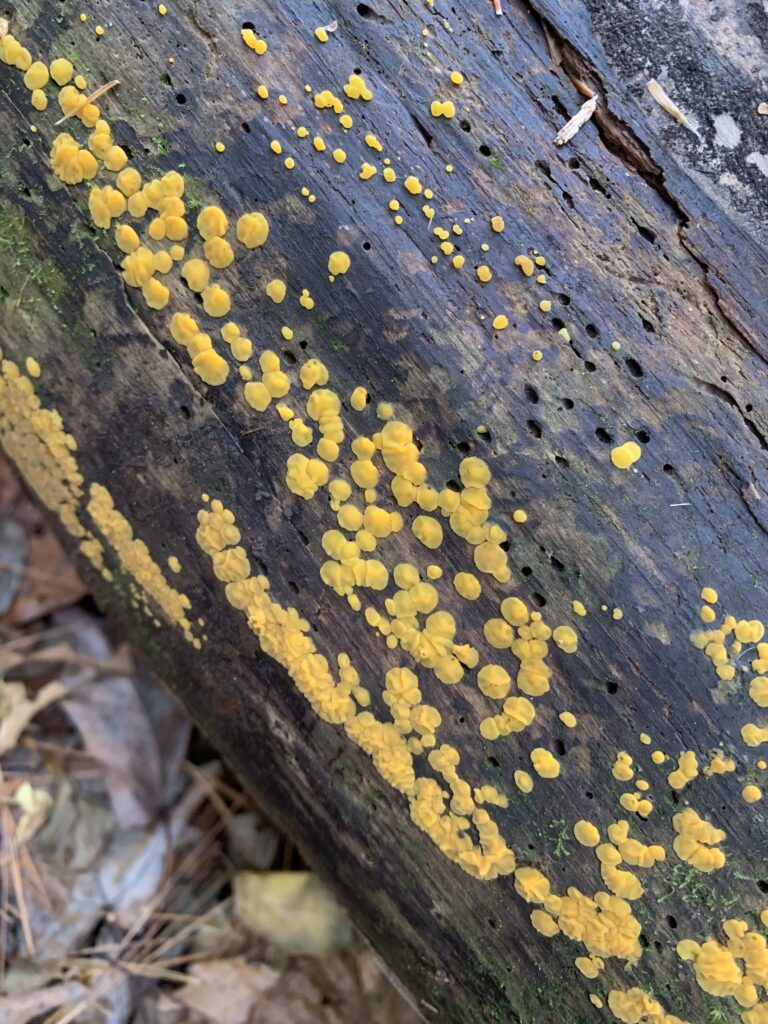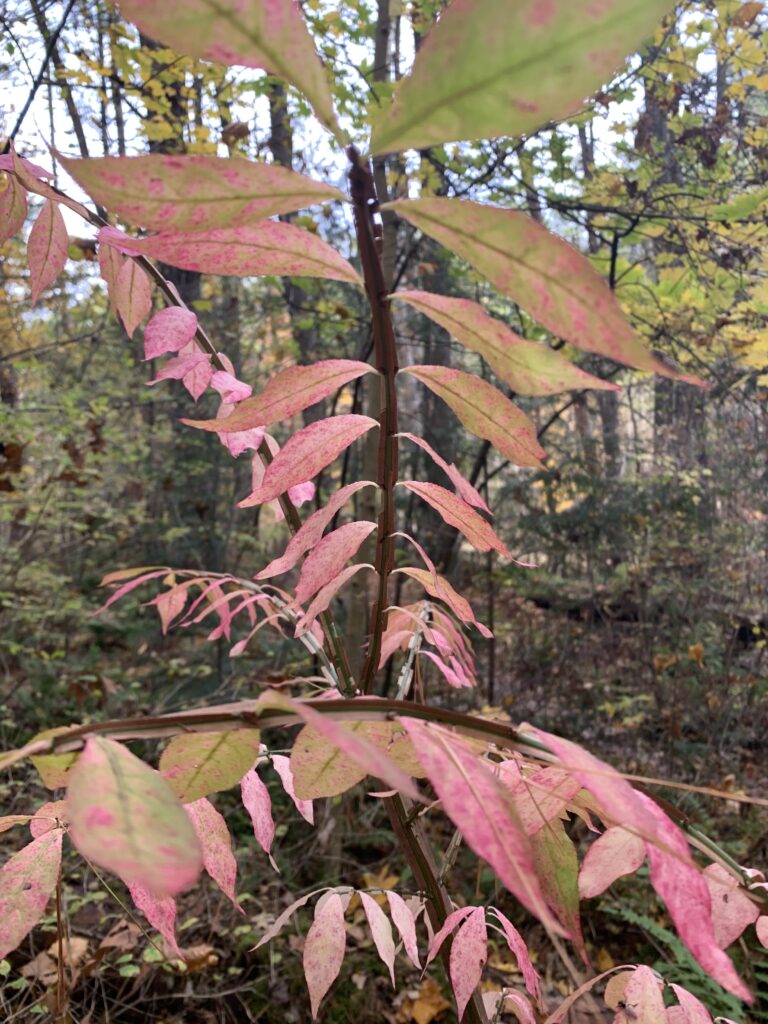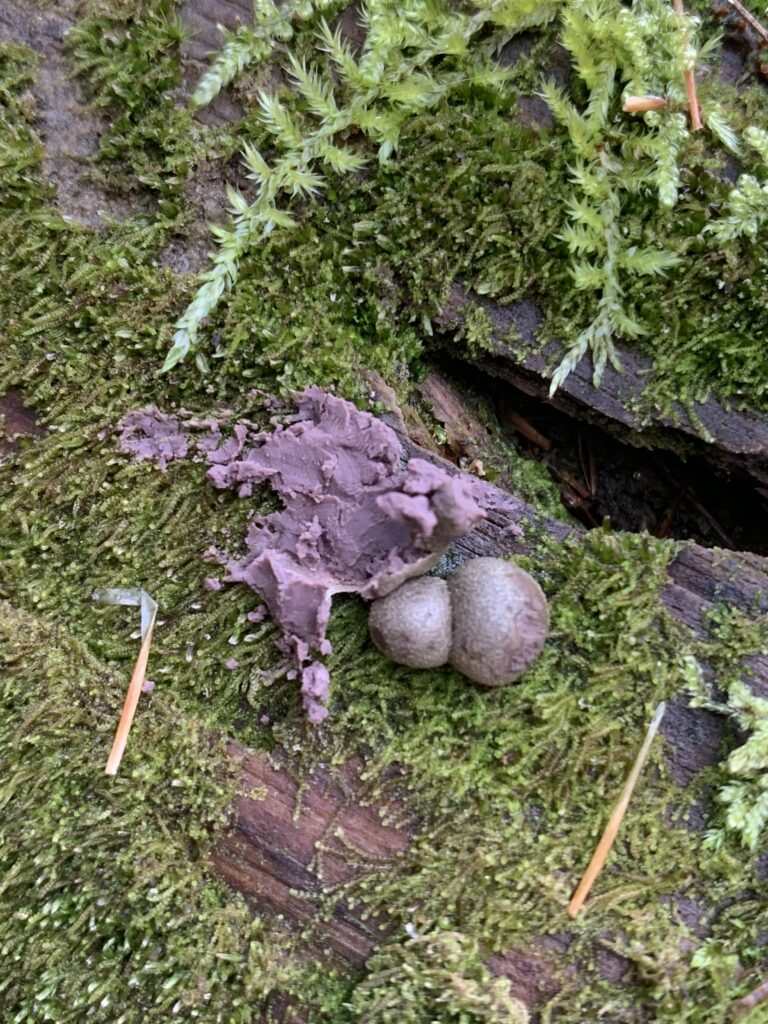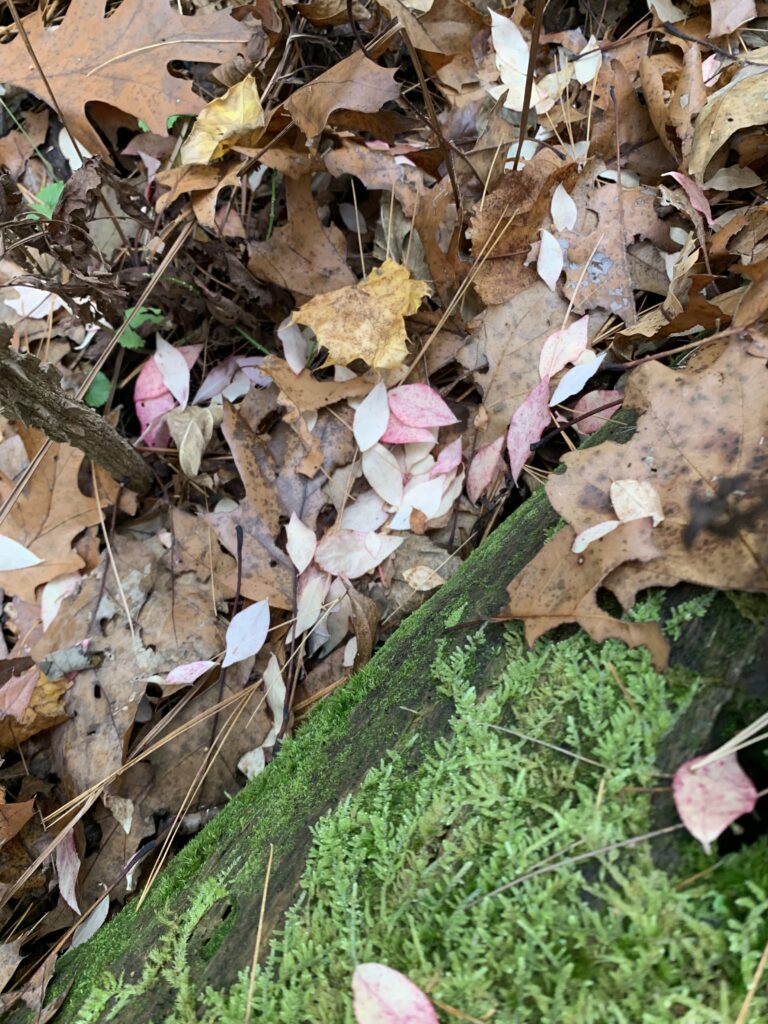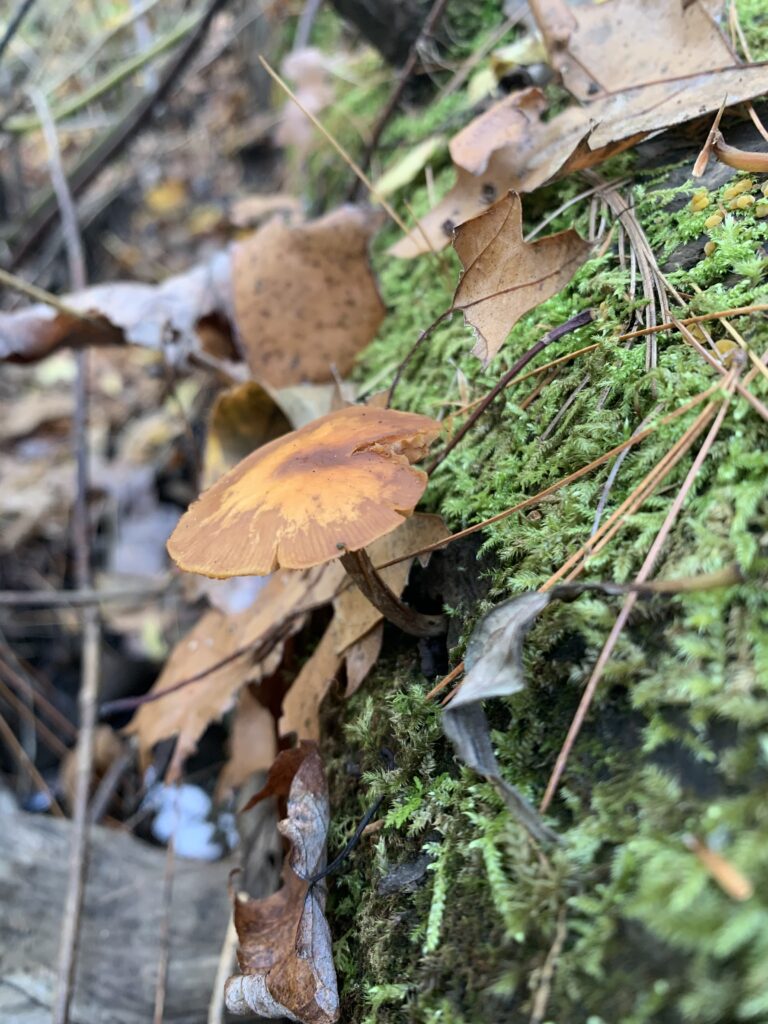Welcome to the wooded pond behind my old high school in Warrenton, Virginia! This natural area encircled by suburbia is a short walk from school, my house, and a friend’s house, so I’ve visited it countless times to make the most of the outdoors. Some of these adventures were with classes: sailing homemade boats in Marine Biology, snapping pictures of swans in Photography, or collecting soil for Environmental Science. Still more were simply walking in the woods with my mom or my friends, enjoying the comfort found in a familiar forest.
https://goo.gl/maps/JuGd9Nm8dWVSA6Ny8
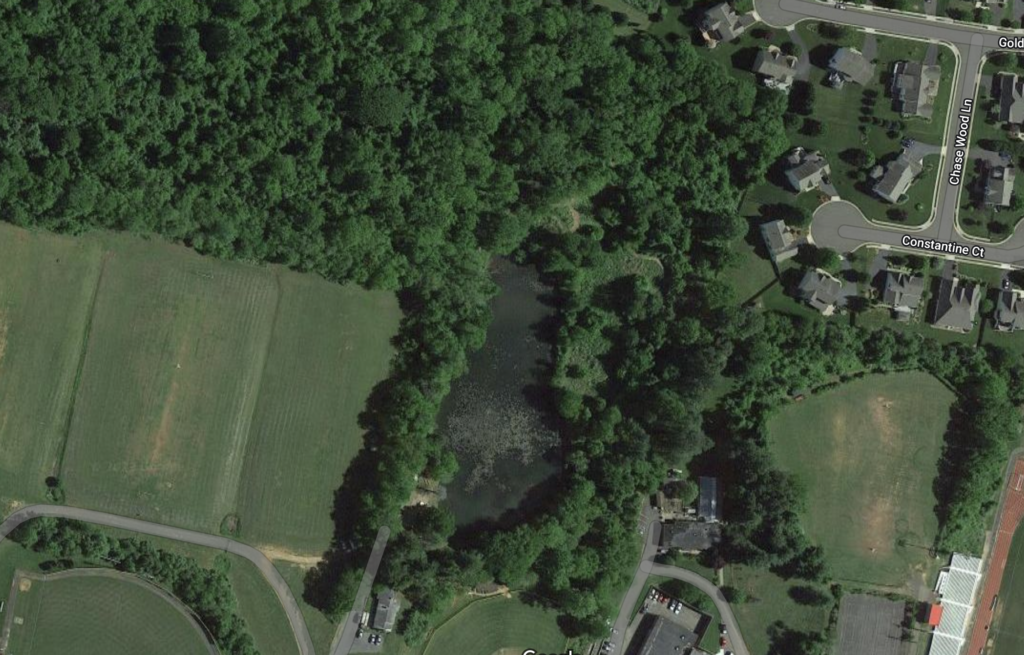
Virginia has a significantly warmer climate than Vermont, so the vegetation in this spot is quite different to my spot in Centennial Woods. There are fewer evergreens and more mast-producing trees like Pawpaws, Walnuts, Dogwoods, and Persimmons. There are also many nonnative Osage Orange trees, which were planted near the school as a “living fence” and spread towards the pond through their fruit. The underbrush is very thick in some areas and hosts many species of songbirds, while the pond is home to geese, swans, and ducks.
